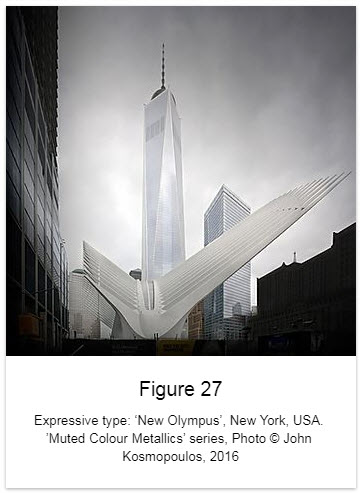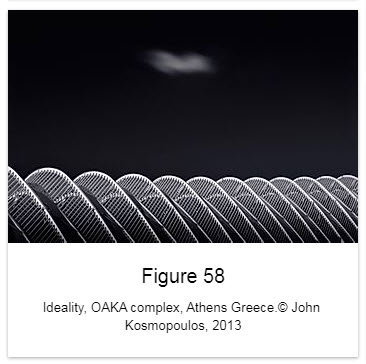In their published paper entitled “THE INTEGRAL LENS: Exploring a Multi-Perspectival Approach to Architectural Photography” (2018), Pygmalion Karatzas (Architect & Photographer from Greece) and Dr. Mark DeKay (Professor, University of Tennessee Knoxville), explore the use of Ken Wilber’s Integral Theory to Types of Architectural Photography.
It is a comprehensive and critical conceptualization of the history of architectural photography and it’s practitioners based on multiple dynamic “theory of everything” type models and documentary, editorial and expressive approaches to this genre of photography.
As this is not a review of the paper but more of a post for posterity, my own theories of “Oramagraphy“, “Oramaku” and my humble attempt at a definition of “fine art photography” are featured in the paper along with some of my photos. Their analysis of my authorship and photography is considered “Integral” in worldview and “Expressive Neopictorialist” in Type. If you would like to know what this all means, I highly recommend that you read this intricate and fascinating theoretical conceptualization if you are interested in architectural photography.

“Fine art photography is a style or genre of photography that offers a harmonious composition of elements within a frame of reference whose content provides aesthetic, sensory, and sometimes surreal qualities that fulfill the authentic, creative, and personal vision of the photographer as artist while heightening the emotional and psychological response of the observer. It is an established but evolving discipline in photography whose essential condition is the ‘felt aesthetic’ (the feeling of being immersed in and inspired by something intellectually and imaginatively beautiful). This type of photography is often exemplified by but not limited to black and white compositions, various exposure lengths, and eclectic subjects (e.g., abstract, architecture, landscapes, nude portraits, etc.). It may also be interpreted by refined theories and concepts across disciplines (e.g., philosophy, psychology, literature, music, film, culture, semiotics, mathematics, science) and past and current trends in art, photography and technology in part or in whole. It is often defined in contrast to journalistic, documentary, and commercial photography. It also adheres to quality standards in post-processing and printing as part of the creation of art.” — © John Kosmopoulos

